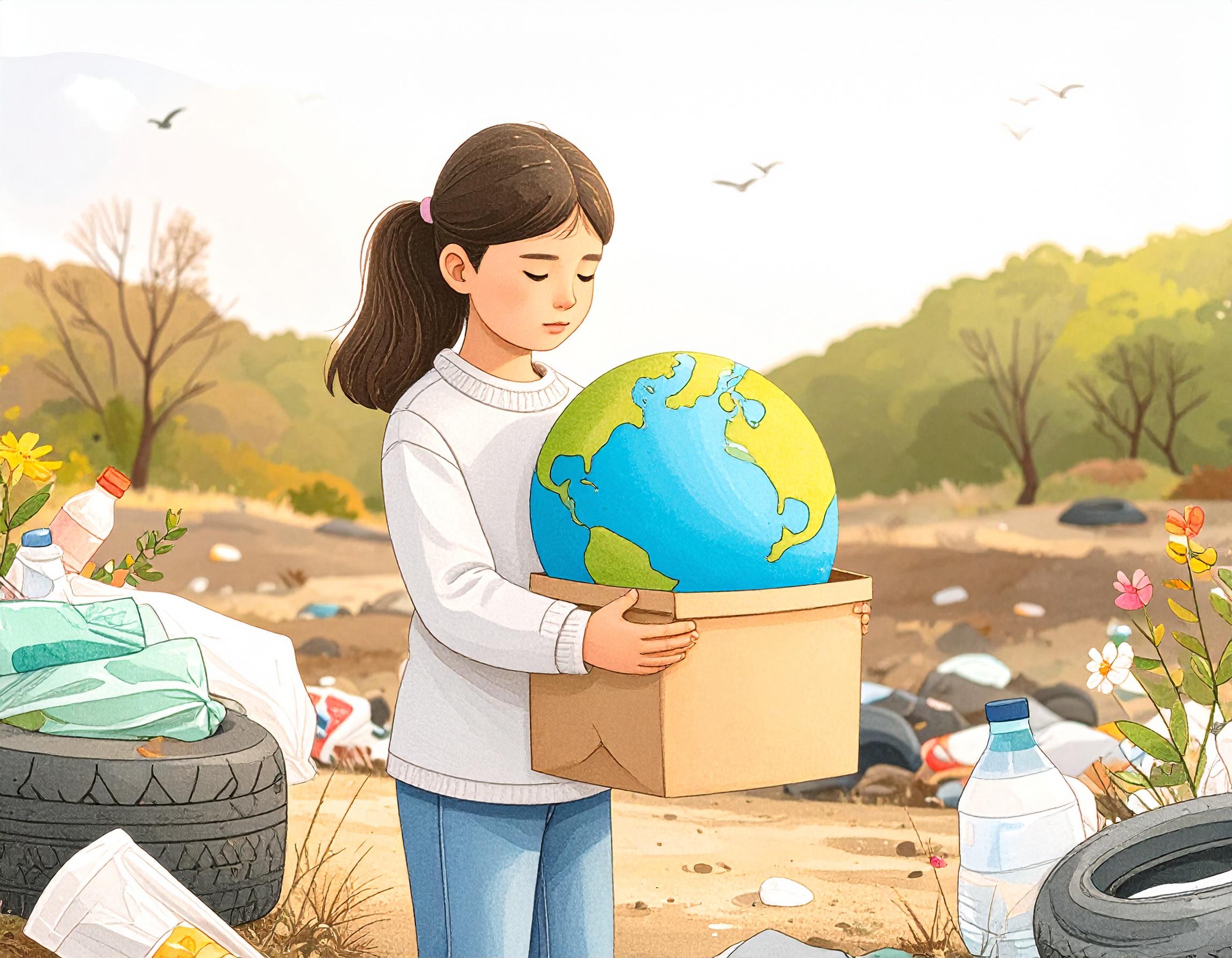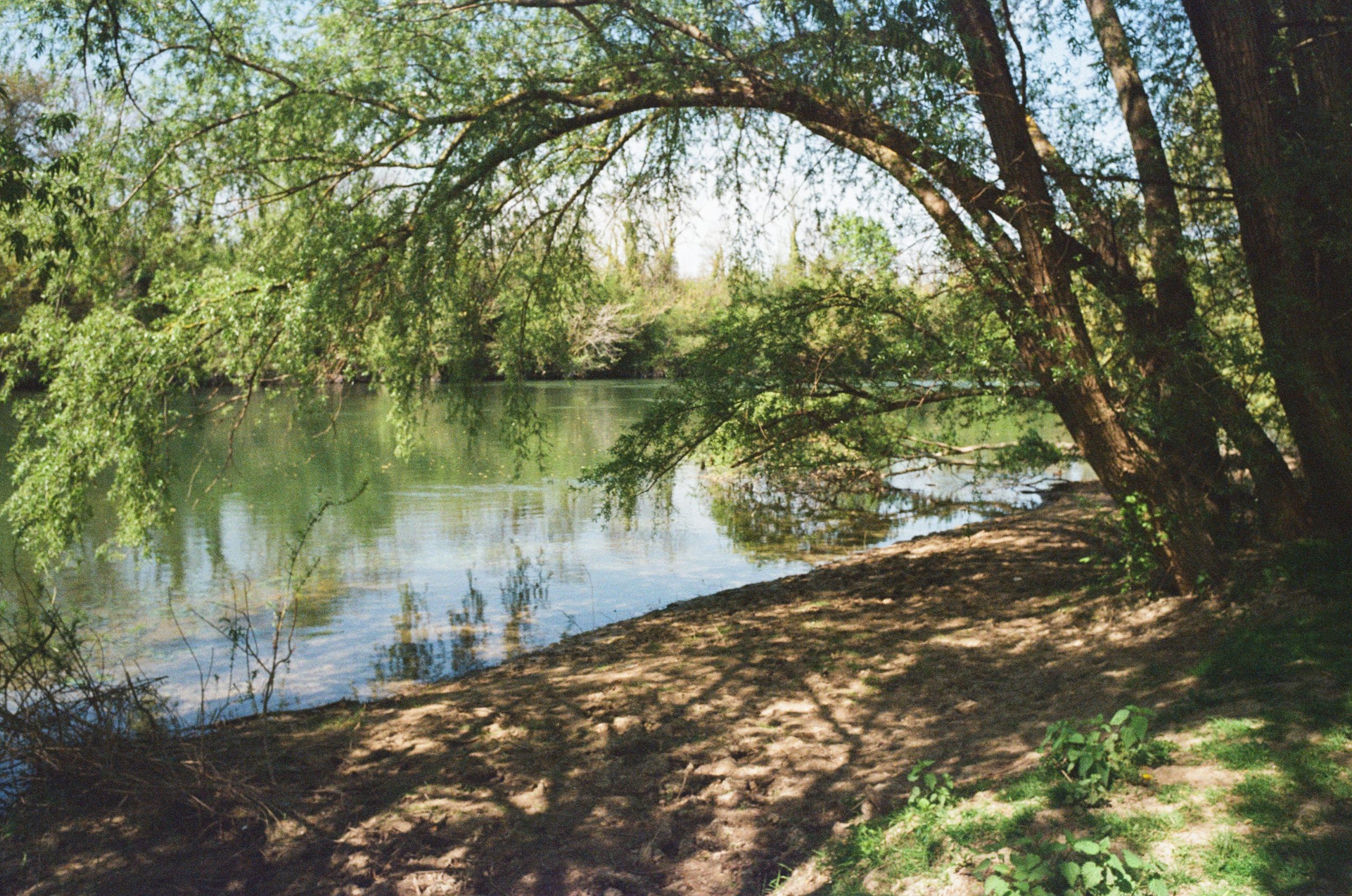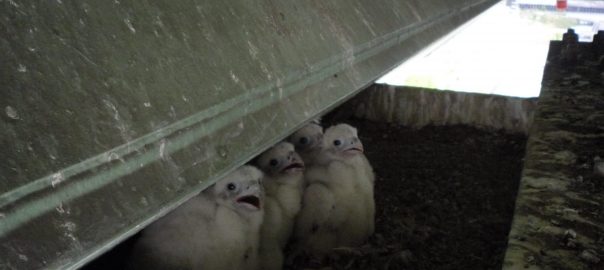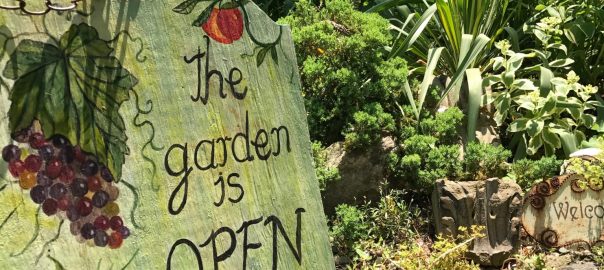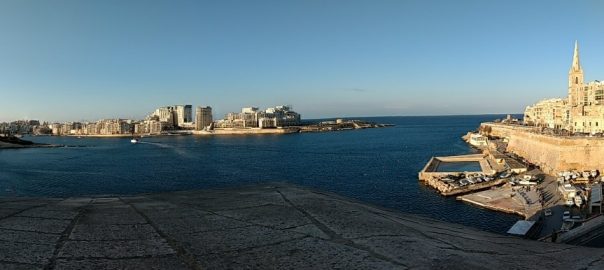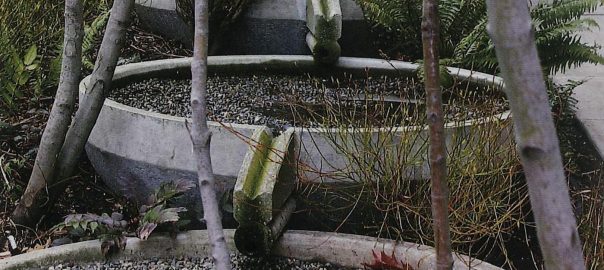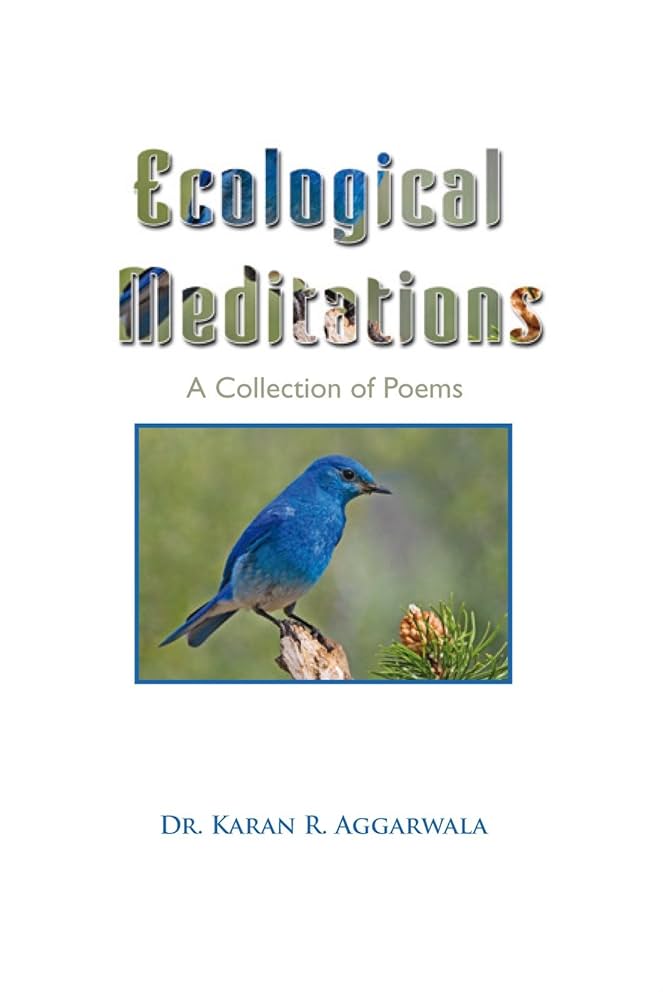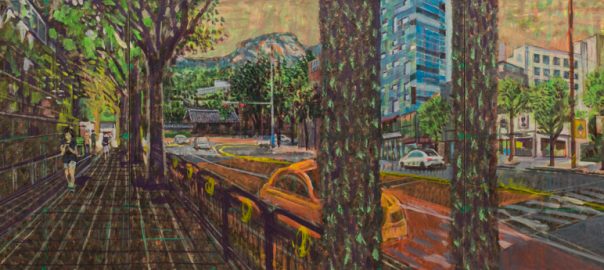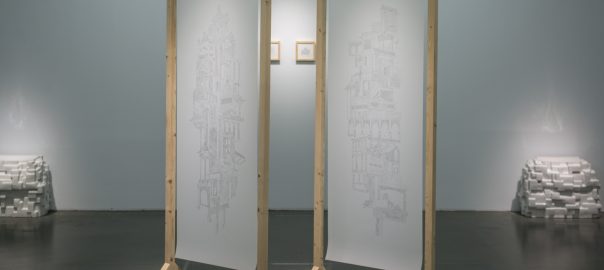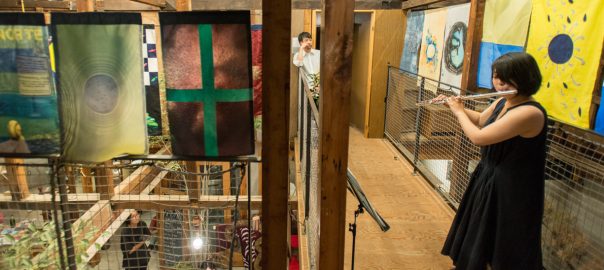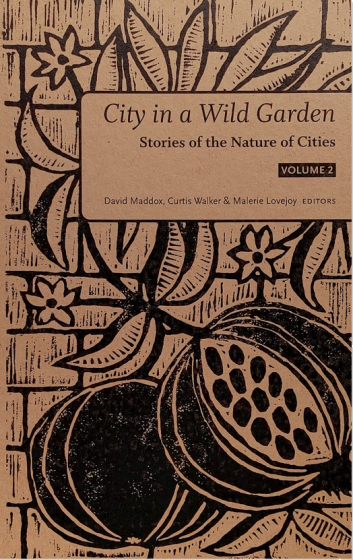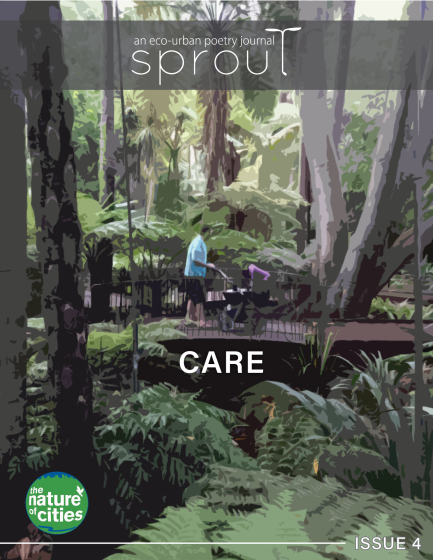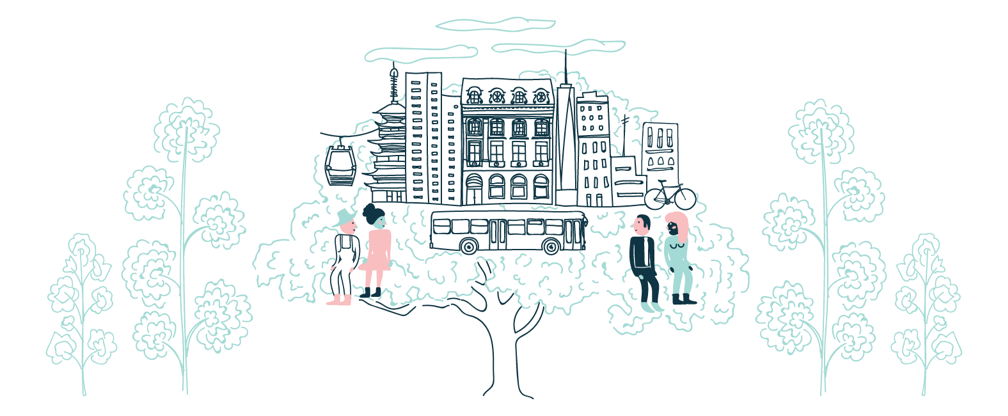ESSAYS | POINTS OF VIEW
-
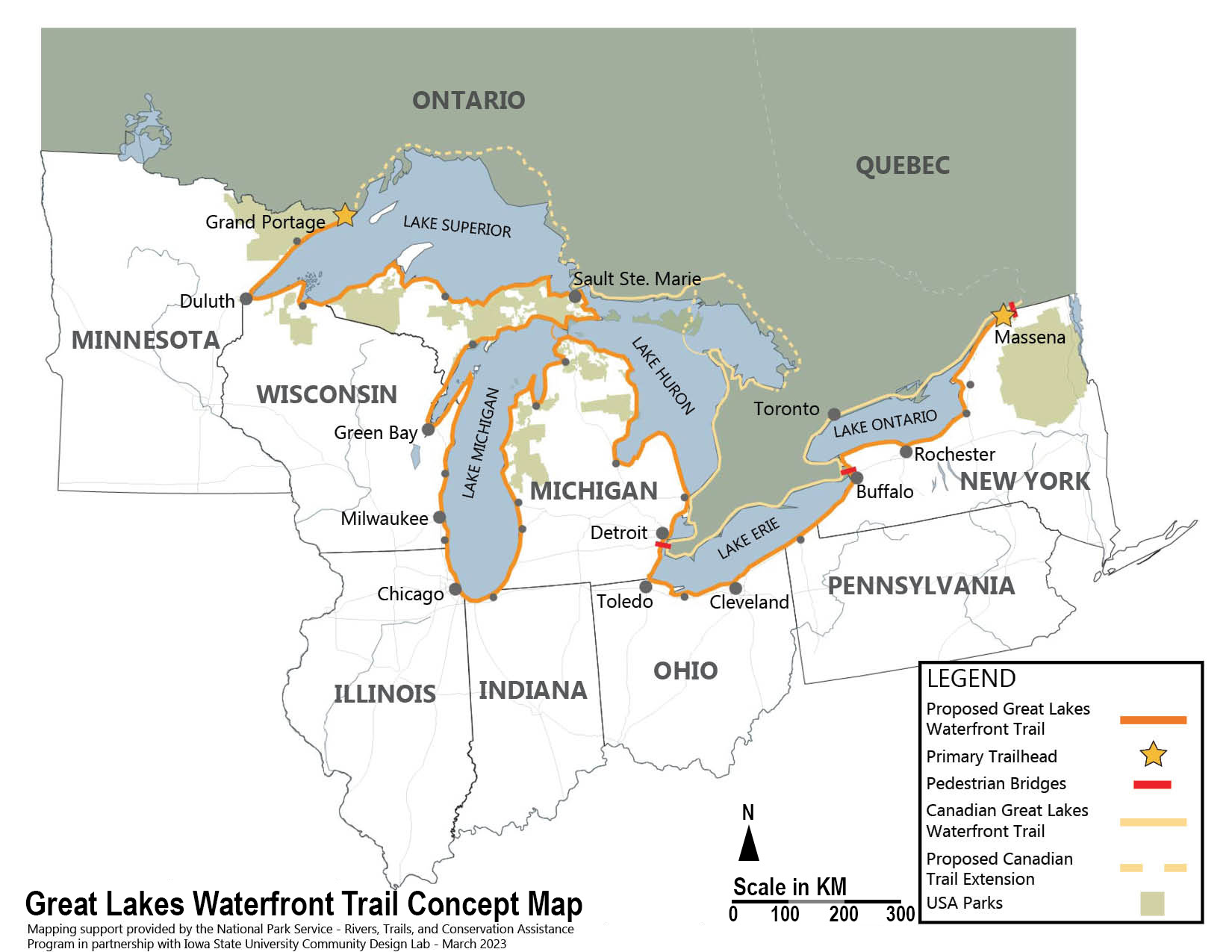
Working Towards a Binational Great Lakes Waterfront Trail
Celebrated for its breathtaking scenery, cultural richness, and recreational opportunities, Canada’s Great Lakes Waterfront Trail stretches along more than 2,250 miles of freshwater coastline and connects more than…
-
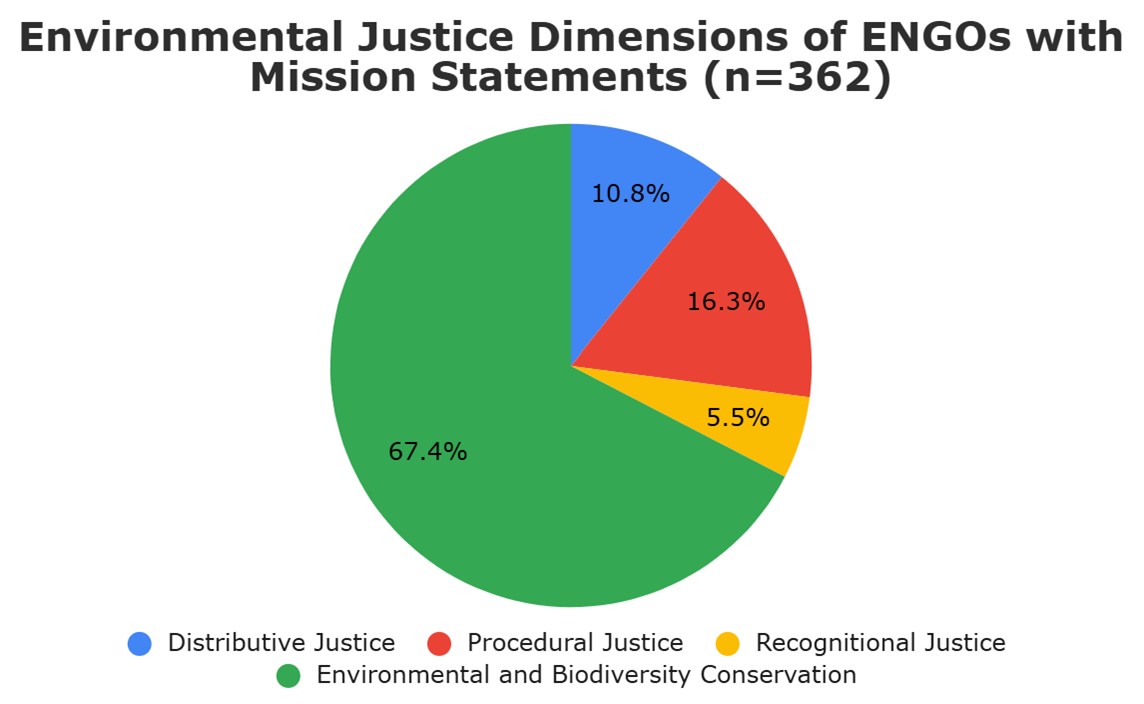
Mapping the Environmental Justice Gap in Ontario’s Environmental Groups
In Canada and elsewhere, environmental organizations often explain the low participation of racialized or marginalized people by leaning on a deficit narrative: the idea that these communities lack…
-

The Youth Advocacy Playbook: How Youth Mobilize Knowledge for a #FossilFreeFuture
Global youth climate movements, such as Fridays for Future (FFF) to climate activists like Greta Thunberg, both center science for climate action. However, science is inadequate for solving…
TNOC’S MISSION
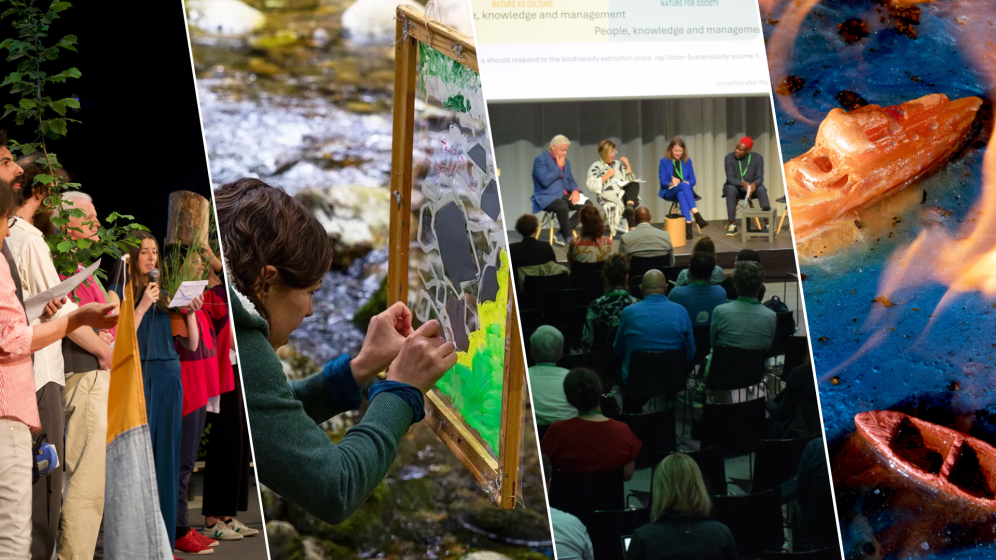
Cities and communities that are better for nature and all people, through transdisciplinary dialogue and collaboration.
We combine art, science, and practice in innovative and publicly available engagements for knowledge-driven, imaginative, and just green city making.
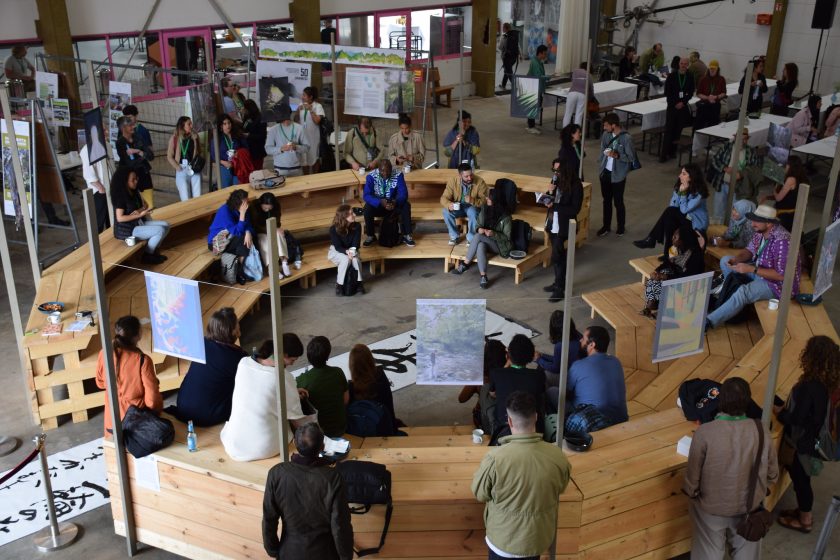
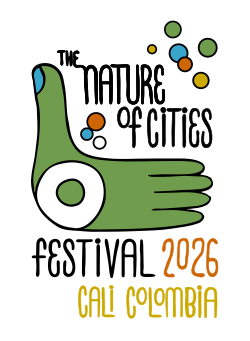
TNOC FESTIVAL IS BACK!
COMING TO COLOMBIA IN 2026
search tnoc
ROUNDTABLES | GLOBAL DISCUSSIONS
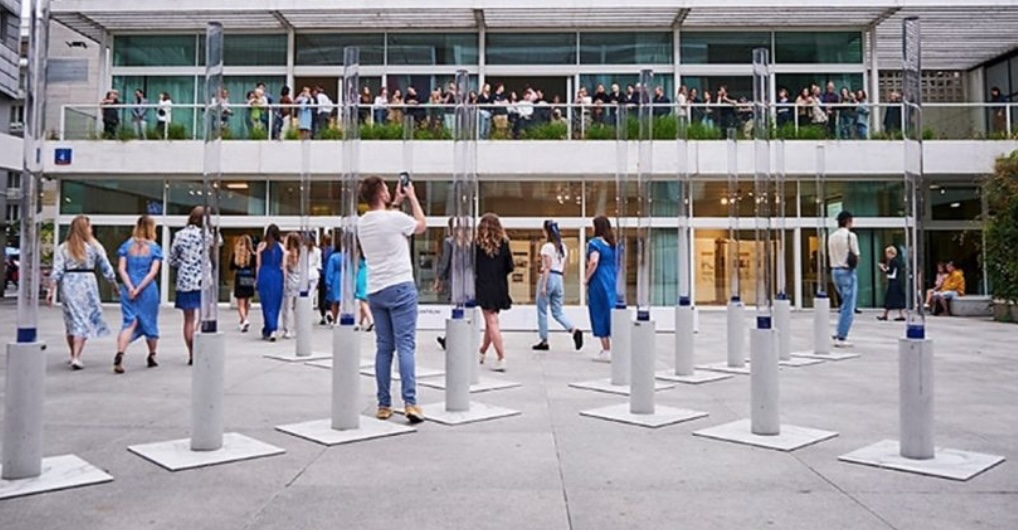
SUPPORT BETTER CITIES,
JOIN OUR NETWORK OF DONORS…
REVIEWS | ART, BOOKS & EVENTS
PROJECTS | ART, SCIENCE & ACTION, TOGETHER
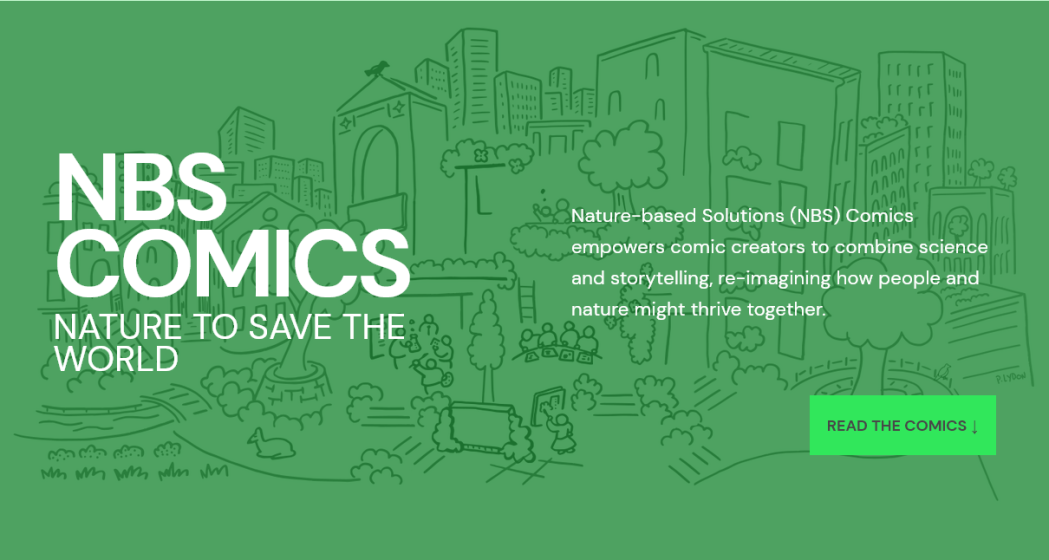
NBS COMICS: NATURE TO SAVE THE WORLD
26 Visions for Urban Equity, Inclusion and Opportunity
Now a global project with over ONE MILLION readers, we invite comic creators from all over the world to combine science and storytelling with nature-based solutions (NBS).
JOIN THOUSANDS OF READERS
AROUND THE WORLD…
MORE TNOC PROJECTS | ART, SCIENCE & SOCIAL JUSTICE

THE NATURE OF GRAFFITI
This is the nature of graffiti. It facilitates speech. It speaks to us. It stakes claims and makes statements. It tells stories.
The Nature of Cities hosts a public gallery about the graffiti and street art that motivates us in public places.
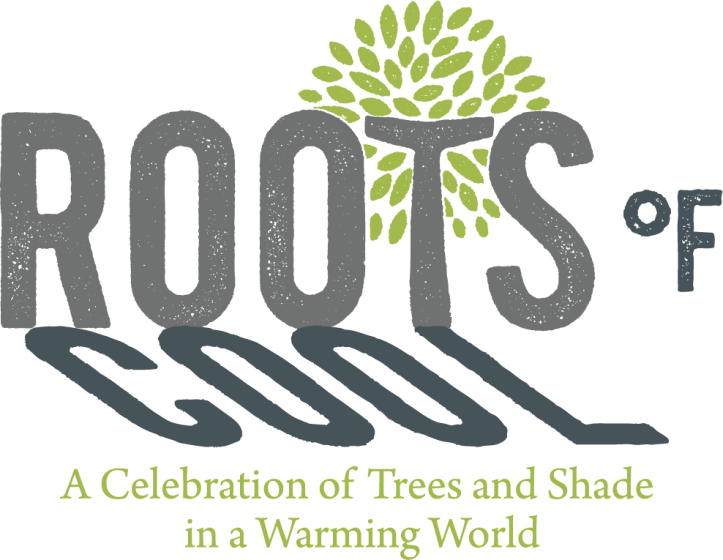
the roots of cool
As the world warms up, how are you thinking about the role that trees and shade can play in making your city or region livable?
Read and listen to the stories in this global collaboration between The Nature of cities & Descanso Gardens.


